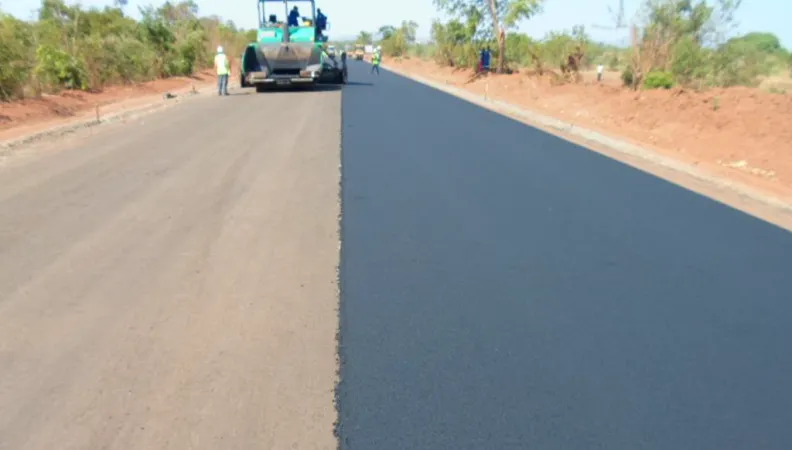Share the page
Support the Zambian road program by upgrading the Nacala Regional Corridor
Project


-
Project start date
-
-
Project end date
-
-
Project duration
-
15 years
-
AFD financing amount
-
53 000 000 €
-
Country and region
-
Location
-
Zambie
-
Type of financing
-
Partners
-
European Investment Bank (EIB), European Union
-
Beneficiaries
-
République de Zambie
Linking Zambia to the port of Nacala in Mozambique (via Malawi), the Nacala Regional Corridor has been poorly maintained. AFD is currently supporting its rehabilitation, a priority for Zambia, but also for Mozambique and Malawi.
Context
The 1,650 km-long Nacala Regional Corridor connects Zambia to the port of Nacala in Mozambique via Malawi. This road, built in the 1960s, has been poorly maintained for many years. This route is considered by the Zambian government a priority for the development of the country, constituting an alternative to the Beira Corridor, which also leads to the Mozambique coastline but crosses Zimbabwe.
Its rehabilitation is not only a priority for Zambia, but also for Malawi and Mozambique who have signed a Spatial Development Initiative Trilateral Agreement to strengthen their cooperation within the framework of the Southern Africa Development Community (SADC). The rehabilitation of the Nacala Corridor is explicitly mentioned in the Agreement.
Description
The rehabilitation work on the 360 km-long Great East Road between Luangwa and Mwami, which is broken down into eight sections, consists in bringing the route up to the regional technical standards of the Southern African Transport and Communication Commission (SATCC) in terms of widening the main carriage way and hard shoulders. The rehabilitation also includes reinforcing the road structures and repaving its surface, as well as building rest areas and car parks.
Impacts
The projects aims to:
- Reduce travel times and transportation costs nationally and regionally, as well as vehicle operating costs;
- Improve road safety;
- Enable the growth of agricultural production in the eastern regions of Zambia, facilitate their movement and increase corresponding revenues.


